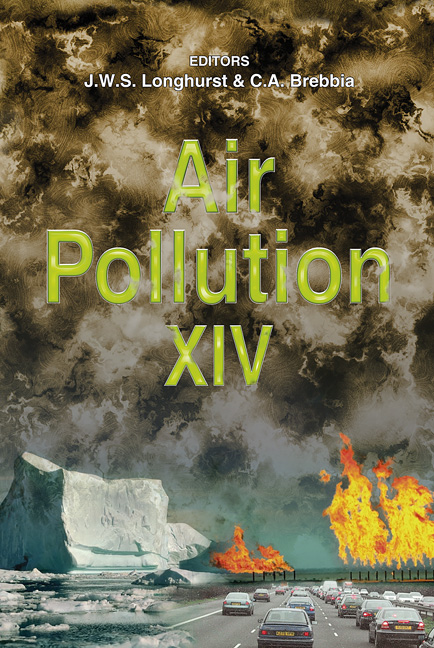TEE 2005: An Advanced Software Tool For The Modelling Of Direct Impacts Of Transport System
Price
Free (open access)
Transaction
Volume
86
Pages
9
Published
2006
Size
343 kb
Paper DOI
10.2495/AIR060711
Copyright
WIT Press
Author(s)
B. B. Bellés, A. Agostini, S. Carrese, M. Lelli, E. Negrenti & A. Parenti
Abstract
The new version of the TEE (Transport Energy Environment) model has been developed in the frame of the FP5 ISHTAR and HEARTS Projects with several features for better analysing transport related direct impacts, taking into account vehicles kinematics, cold start emissions distribution, parking processes, noise emissions and accident occurrence. Specific efforts were dedicated to the modelling of the effects of vehicles kinematics on hot emissions, where the software calculates link emissions by adopting average speed based functions, instantaneous emissions, or the innovative ‘kinematics correction functions’ model, and the modelling of parking processes which are relevant for cold start and evaporative emissions. Keywords: traffic emission, impacts of transport system, parking modelling, noise emissions, accident. 1 Introduction Emissions from transport vehicles are modelled in a number of different ways, but this variability includes some ‘fundamental rules’ that give the ‘essence’ of emissions calculation: emissions are in practice the sum of at least two main components: ‘hot emissions’ and ‘cold start emissions’. If the modeller is interested in VOC emissions, then also the ‘evaporative term’ has to be added. Hot emissions are the emissions emitted when engine and abatement devices have reached a regime temperature. They are influenced by a number of parameters: vehicle kinematics, gradient of the road, altitude, maintenance level,
Keywords
traffic emission, impacts of transport system, parking modelling, noise emissions, accident.





